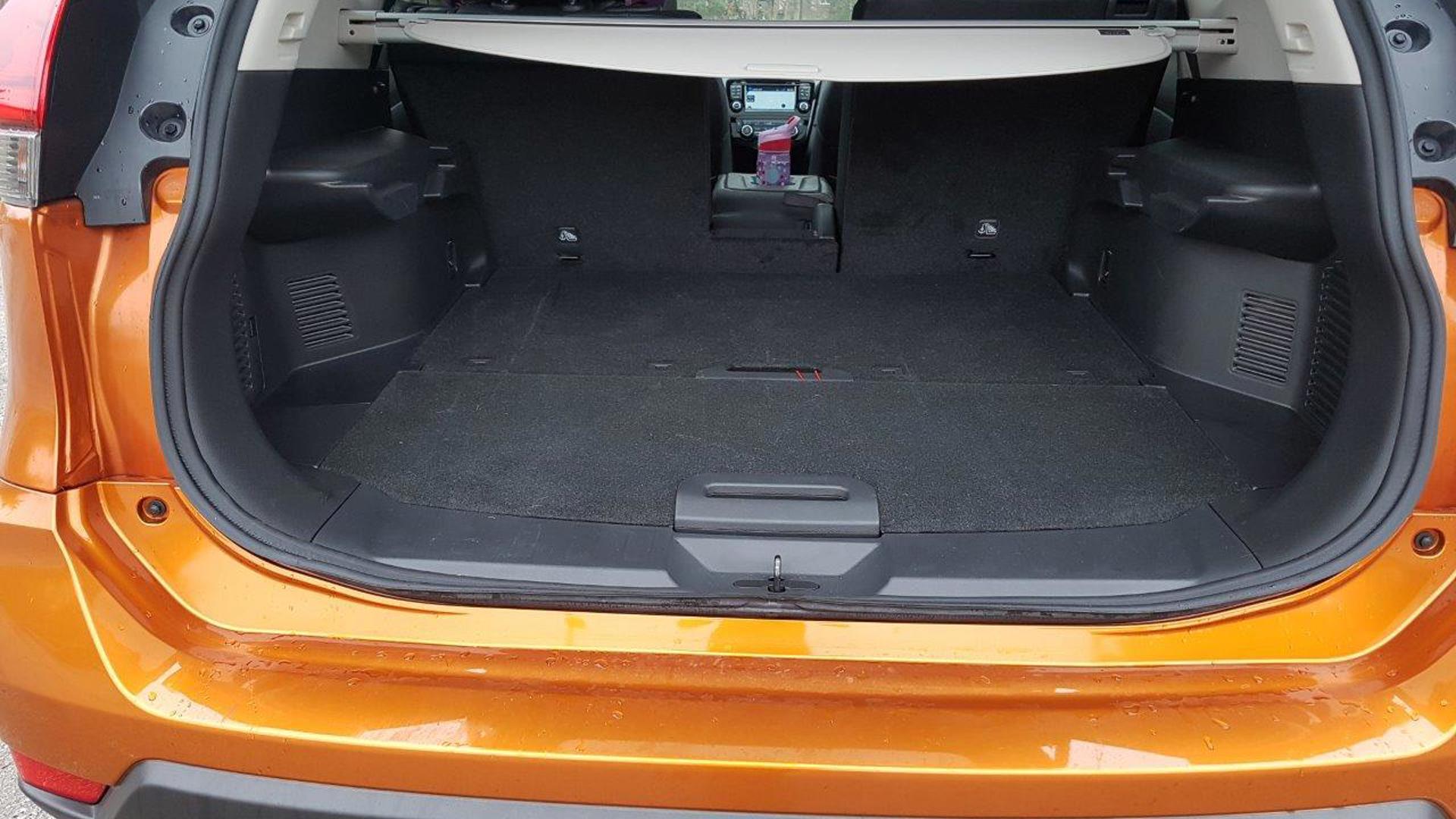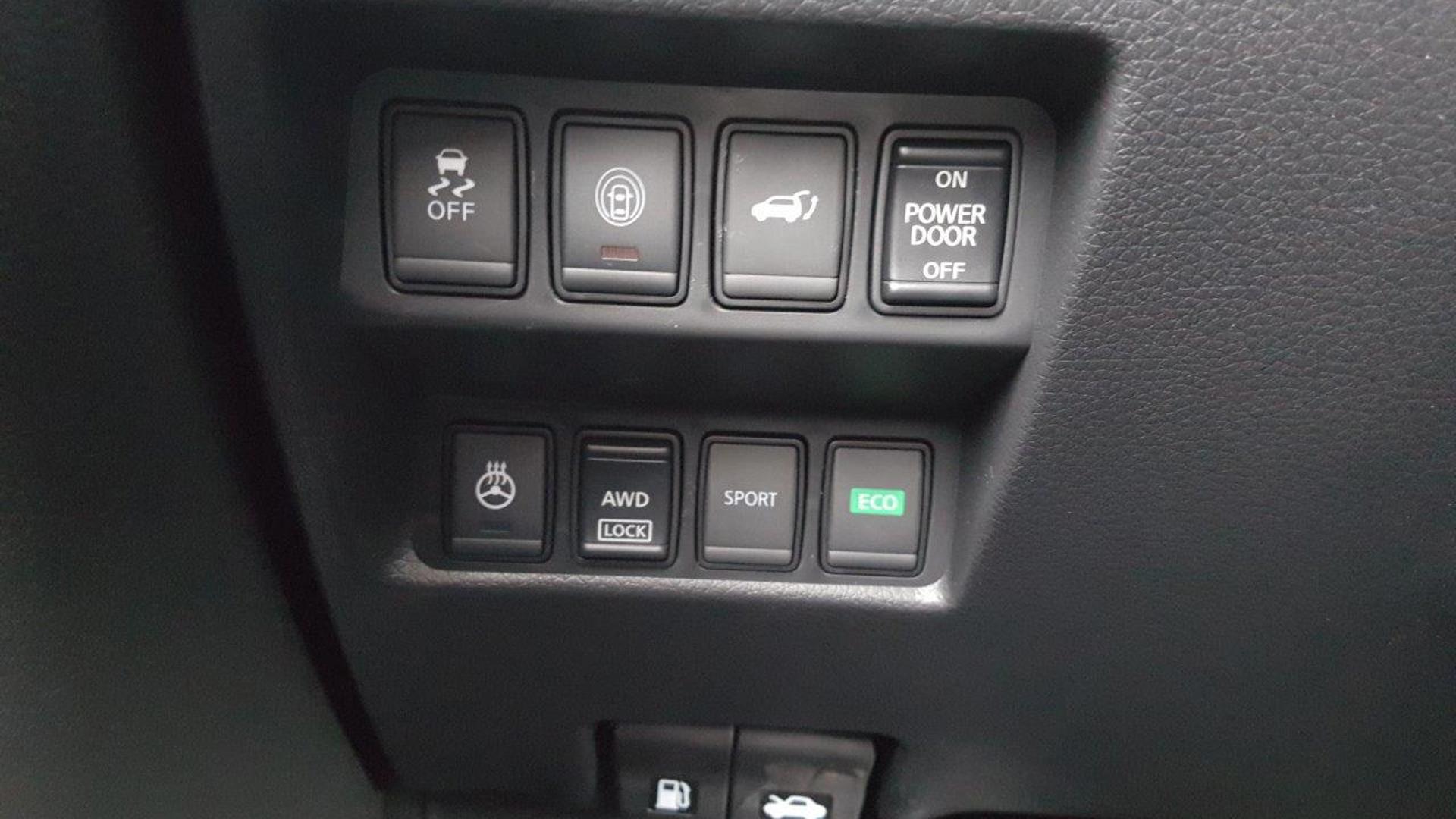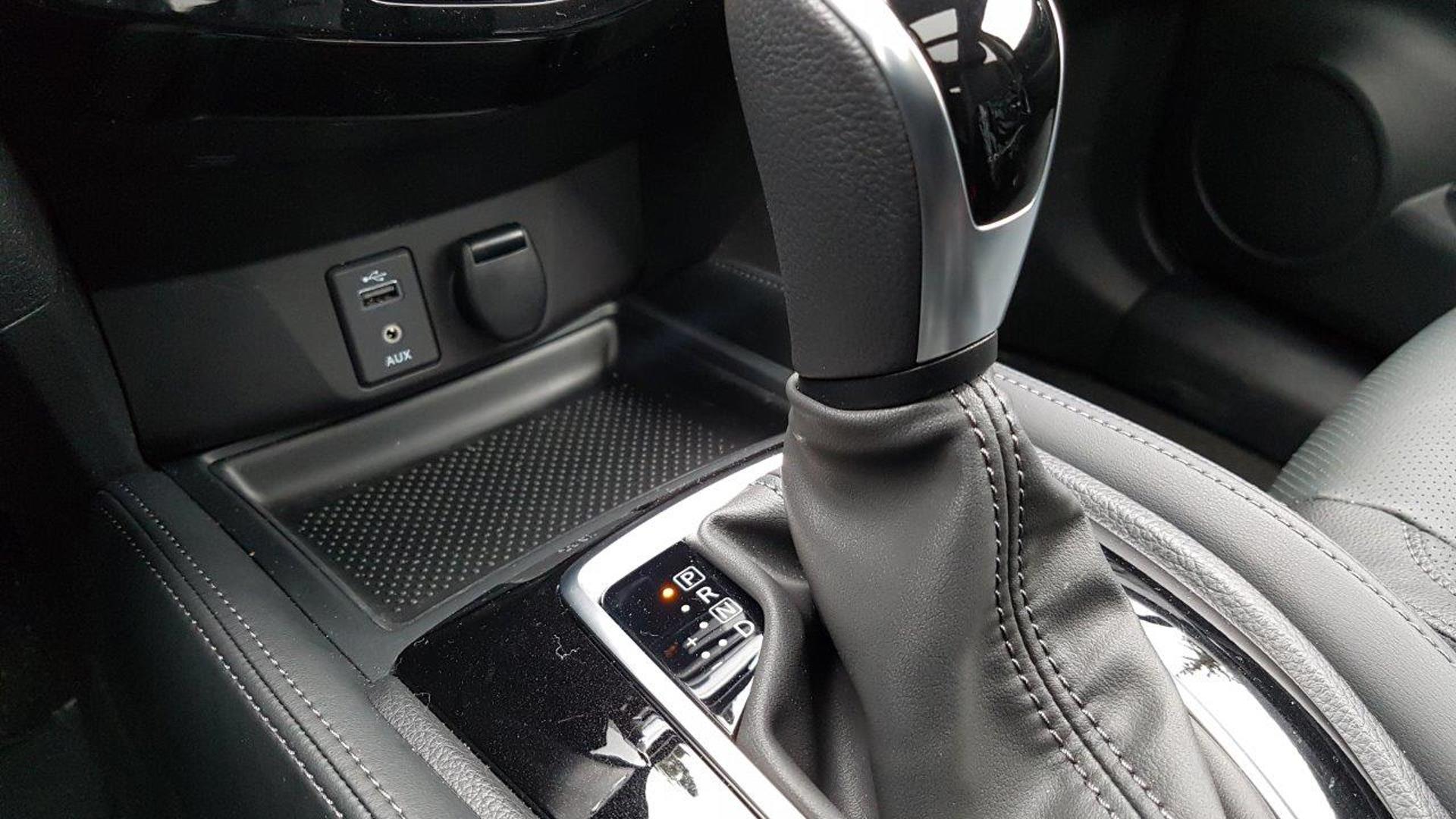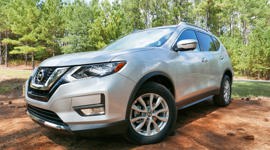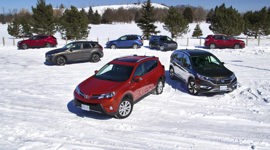 AutoTrader SCORE
AutoTrader SCORE
-
STYLING8/10
-
Safety8/10
-
PRACTICALITY8/10
-
USER-FRIENDLINESS7/10
-
FEATURES8/10
-
POWER7/10
-
COMFORT8/10
-
DRIVING FEEL7/10
-
FUEL ECONOMY9/10
-
VALUE8/10
In Canada, the compact crossover segment is going bananas. The top six best-selling SUVs for 2016 all fall into this category, and four of those either have already been through or will very shortly undergo redesigns. In other words, Canadian consumers are snapping up small utes in record numbers and have no lack of quality options while doing so.
This is the kind of stuff you catch yourself getting really excited about and then suddenly become sad because you realize it means you’re officially an adult.
Here’s one of those redesigned vehicles, the Nissan Rogue. Technically this is more refresh than overhaul, but Nissan nipped and tucked in all the right places to retain the Rogue’s place as a serious contender, especially when weighing the features that tend to be priorities for young families.
Chief among those is fuel economy, where the Rogue earns top marks against its major competitors with a rating of 8.6 L/100 km combined when equipped with all-wheel drive. My real-world figure over the course of a week was 9.7, but I wasn’t on the highway much and, admittedly, I wasn’t trying very hard. Official ratings are 9.2/7.4/8.6 L/100 km city/highway/combined. Among the mainstream competitors, only the all-new 2017 Honda CR-V beats it with figures of 8.7/7.2/8.0 city/highway/combined. Rogue bests the Ford Escape (10.2/7.8/9.1) and the Toyota RAV4 AWD (10.3/8.0/9.3).
The efficiency is achieved here via the combination of a 2.5L naturally aspirated four-cylinder engine, one of the workhorses of Nissan’s fleet, mated with a D-step CVT that gives it a drive feel similar to a traditional transmission. This one is a happy cruiser on the highway, purring away at 1,750 rpm at 100 km/h and 2,000 at 120 km/h.
I’ve panned the combination of naturally aspirated engines and CVTs in Nissan vehicles before, but in the Rogue it feels a little better. The engine’s peak 170 horsepower doesn’t become fully available until 6,000 rpm, but its maximum 175 lb-ft of torque is fully accessible at 4,400 rpm, which is just low enough to get near once in a while in everyday driving. It would be nice to have an option for a larger engine for those who like to have a little more gumption under the right foot for passing and such, but most people shopping in this segment will find this setup works for them just fine.
Another area where the Rogue is far and away the winner is in the cleverness of its storage space. Nissan’s Divide-N-Hide cargo system allows for configurations that can include a shelf, lowered floor, or under-floor storage compartment. Plus, the armrest in the back seat drops to create a natural pass-through for long items such as skis. This is the kind of stuff you catch yourself getting really excited about and then suddenly become sad because you realize it means you’re officially an adult.
Of course, it’s key to note that the Rogue comes with an optional two-seat third row, and equipping that means that the Divide-N-Hide system goes away. Between that and the fact that it would make for an extremely tight rearward space, it’s likely worth considering something a little larger if that third row is something you really need and will use on a regular basis.
On the point of size, the Rogue surprised me. The term “compact” covers a wide swath of shapes and sizes, and this car definitely falls on the larger side of that spectrum. It feels beefy and muscular compared to others in its segment, which is a good quality to some people and a detractor to others. Being a city-dweller I typically like my vehicles on the smaller side, which is why it’s important to note that I was still very happy with the Rogue’s performance in getting around through tight spaces and parking spots.
It also has a very comfortable and composed ride, comfortable seats (in the SL Platinum’s leather upholstery, at least), largely sound ergonomics, and a very nicely laid out instrument cluster that’s easy to glean information from quickly.
Where does the Rogue not necessarily perform as well? For one thing, it’s not as quiet as some of its more recently updated competitors. That’s not to say it’s not quiet enough – it is, and even front-to-back conversations are not a problem – but the Ford Escape, for example, is even better in my experience.
And Nissan’s infotainment system is getting to the point where it’s going to need an update in the near future to stay competitive. There are no smartphone apps here, the buttons and knobs are hard to navigate and sometimes to reach, and the text is small and can be hard to read quickly. This is another area where Ford is ahead by leaps and bounds, and Honda’s is quite good as well.
But to choose one of those alternatives would be to lose the fuel economy, the space, and the clever cargo system. So, let’s say you’ve decided based on those things that the Rogue might be for you. Which trim should you go with?
My tester was the SL Platinum, the top-of-the-line trim priced at $36,233 with add-ons for the metallic pearl paint and the Platinum package. If you have the budget and desire for all the bells and whistles, this is a good value for what it adds in: standard all-wheel drive, 19-inch aluminum alloy wheels, LED headlights, leather seats, standard panoramic moonroof and motion-activated liftgate, navigation (which you might care about a little more with no access to smartphone apps), an around-view monitor, a Bose premium audio system, and a whole bunch of additional premium safety features.
If your budget can’t quite bear that, though, both the S and SV trims are available with all-wheel drive. While the S is fairly stripped down, the SV trim has some smartly packaged features that might bring your purchase price down a little if one of them checks all of your boxes. (If you can’t live with 17-inch wheels or you have your heart set on leather upholstery, though, you’ll need to go right to the top.)
But overall, as of now, were I the head of an urban or suburban two-kid family who frequently hops between school, soccer practice, and trips to the cottage, I’d rest easy with this decision. It’s one of the better value propositions out there.
| Engine Displacement | 2.5L |
|---|---|
| Engine Cylinders | 4 |
| Peak Horsepower | 170 hp @ 6,000 rpm |
| Peak Torque | 175 lb-ft @ 4,400 rpm |
| Fuel Economy | 9.2/7.4/8.6 L/100 km city/highway/combined |
| Cargo Space | 266L (with third row seats up); 1,113L (with second row seats up); 1,982L (with all rear seats folded) |
| Model Tested | 2017 Nissan Rogue SL Platinum |
| Base Price | $35,698 |
| A/C Tax | $100 |
| Destination Fee | $1,795 |
| Price as Tested | $38,128 |
|
Optional Equipment
$500 – Platinum package, $400 (intelligent cruise control, lane departure warning, lane departure prevention, forward emergency braking with pedestrian detection, high beam assist, four-way power front passenger seat, universal transceiver); metallic/pearl paint, $100
|
|







